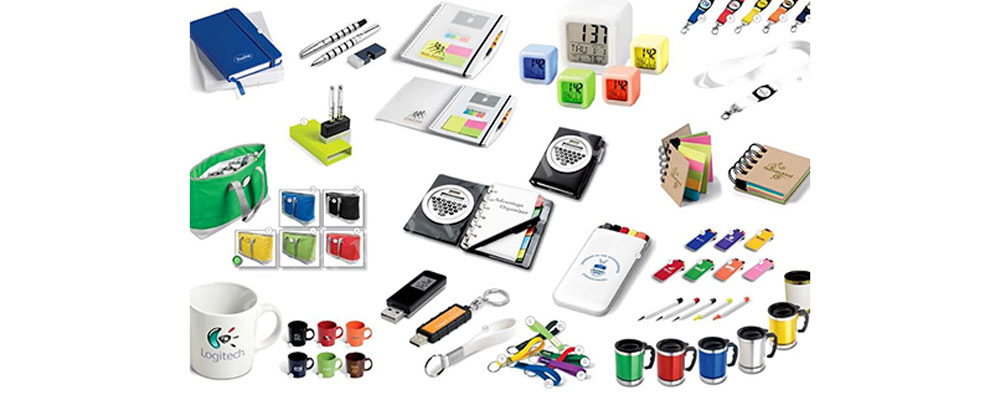What is tampo printing
What is tampo printing
Tampo printing is included in the group of intaglio prints, this problem is due to the use of the intaglio stereotype in the printing process. Among the features of this method, it is possible to print on different and diverse materials, both in terms of the type of material and in terms of their geometric shape. It is possible to print on smooth, curved, round, convex, and even spherical surfaces with this method. The printing medium in the rubber tampo is made of silicone, which is called a tampo. This printing method is very similar to rubber stamps. With the difference that it is prominent in the seal letters, but it is not prominent in the silicone rubber tampo printing and the pattern is transferred to the printable surface in another way.
Steps of Tampo printing
After the design, it is necessary to prepare a separation film for CMYK works from the desired design. Metallic or photopolymer films of any color are prepared, which of course, the metal type is more used due to its higher resistance during the tampo printing process. If photopolymer stereotypes are used, similar to flexo stereotypes, they should have low thickness and high stiffness. Now, a stereotype has been prepared of each color, on which the trams are in the form of pits. Each stereotype is placed in a predetermined place in the tampo printing machine. Next to each stereotype color, there is a color tank plus the corresponding rollers and blades.

As you can see in the picture, the color roller is drawn from the corresponding color tank to the cliché, and the recesses of the cliché, which are the desired roles, are filled with color. A blade collects additional colors from the stereotype. The silicone rubber lands on the cliché or engraver from above and transfers the pattern to itself, then it is automatically placed on top of the printable subject and slowly lands on the desired surface. In this way, the intended role is transferred from the engraver to our subject. The same is done for other colors and our final work will be printed with a four-color design.
Special description Tampo printing
Tampo printing is used for many printing jobs due to relatively cheap preparation and semi-automatic machines in low circulations. In this printing method, the back of the printed surface must be strong due to the pressure that the tampon puts on the printed surface. For example, in printing on plastic cups, you must first prepare a mold the size of the glass so that it can be placed inside the glass during printing.

Design considerations
in tampo printing according to the printing method and the use of silicone rubber, during the design, you should pay attention to the dimensions and the desired subject for printing. The tampon sits easily on different surfaces. Therefore, when printing on curved, convex, spherical surfaces and such shapes You should be very careful and measure the facilities of the desired printing house, because the pattern may be very bold and crushed in one part of the work and faint in the other part.
Today, in the Iranian market, tampo printing is mostly used in printing promotional gifts such as pens, flash drives, boxes, etc.

 Full specifications and price list
Full specifications and price list